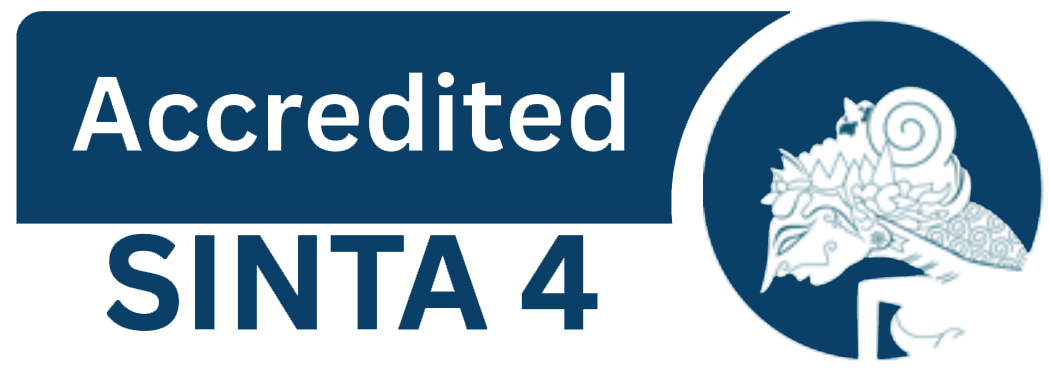Efektifitas model pembelajaran RADEC terhadap peningkatan kemampuan berfikir kritis peserta didik kelas IV sekolah dasar
DOI:
https://doi.org/10.22460/collase.v8i1.23566Abstract
Abstract
One of the abilities that students need to have to support the 21st century is the ability to think critically. Therefore, learning to think critically needs to be trained since elementary school. In reality, elementary school students' critical thinking skills are still low. This is influenced by the fact that the majority of learning activities use the lecture method which makes students passive. Students' critical thinking abilities need to be improved, one of which is through the RADEC learning model. So this research aims to see the effectiveness of the RADEC learning model in improving critical thinking skills on material changing the shape of objects in class IV elementary school. This research uses a quantitative method with a Quasi Experimental research type and a Nonequivalent Control Group design. The research location was carried out at SDN Tonjong 1 Sukabumi City, with research samples namely class IVA and class IV B. The results showed an increase in pretest scores on the posttest, both in the experimental class and the control class. This can be seen from the results of the T test with a significance <0.005. Meanwhile, the results of calculations using the N-Gain Test from the pretest and posttest results show that there is a difference in increasing the effectiveness of the RADEC learning model by 62% while the percentage value of the conventional model is 33%. With this percentage, it can be concluded that the use of the RADEC learning model is more effective than conventional learning models.
Keyword : Students, RADEC learning model, Critical thinking skills.
Abstrak
Salah satu kemapuan yang perlu dimiliki oleh peserta didik untuk menyongkong abad 21 adalah kemampuan berfikir kritis. Oleh karena itu pembelajaran berfikir kritis perlu dilatih sejak sekolah dasar. Pada kenyataannya kemampuan berpikir kritis peserta didik sekolah dasar masih rendah. Hal ini dipengaruhi karena mayoritas dalam kegiatan pembelajaran menggunakan metode ceramah yang menjadikan peserta didik pasif. Kemampuan berpikir kritis peserta didik perlu ditingkatkan salah satunya melalui Model pembelajaran RADEC. Maka penelitian ini bertujuan untuk melihat efektifitas model pembelajaran RADEC dalam meningkatkan kemampuan berfikir kritis pada materi perubahan wujud benda di kelas IV Sekolah dasar. Penelitian ini menggunakan metode kuantitaif dengan jenis penelitian Quasi Eksperimen dan desain Nonequivalent Control Group. Lokasi penelitian dilaksanakan di SDN Tonjong 1 Kota Sukabumi, dengan sampel penelitian yaitu kelas IVA dan kelas IV B. Hasil menunjukkan adanya kenaikan nilai pretest pada posttest, baik pada kelas eksperimen ataupun kelas kontrol. Hal ini terlihat dari hasil uji T dengan signifikansi < 0,005. Sedangkan hasil perhitungan menggunakan Uji N-Gain dari hasil pretest dan posttest menunjukan adanya perbedaan peningkatan efektifitas model pembelajaran RADEC sebesar 62 % sedangkan nilai presentase model konvensional yaitu 33 %. dengan presentase tersebut maka, dapat disimpulkan penggunaan model pembelajaran RADEC lebih efektif daripada model pembelajaran konvensional.
Kata Kunci: Peserta didik, Model pembelajaran RADEC, Kemampuan berfikir kritis.
Downloads
Published
Issue
Section
License

This work is licensed under a Creative Commons Attribution-ShareAlike 4.0 International License.



